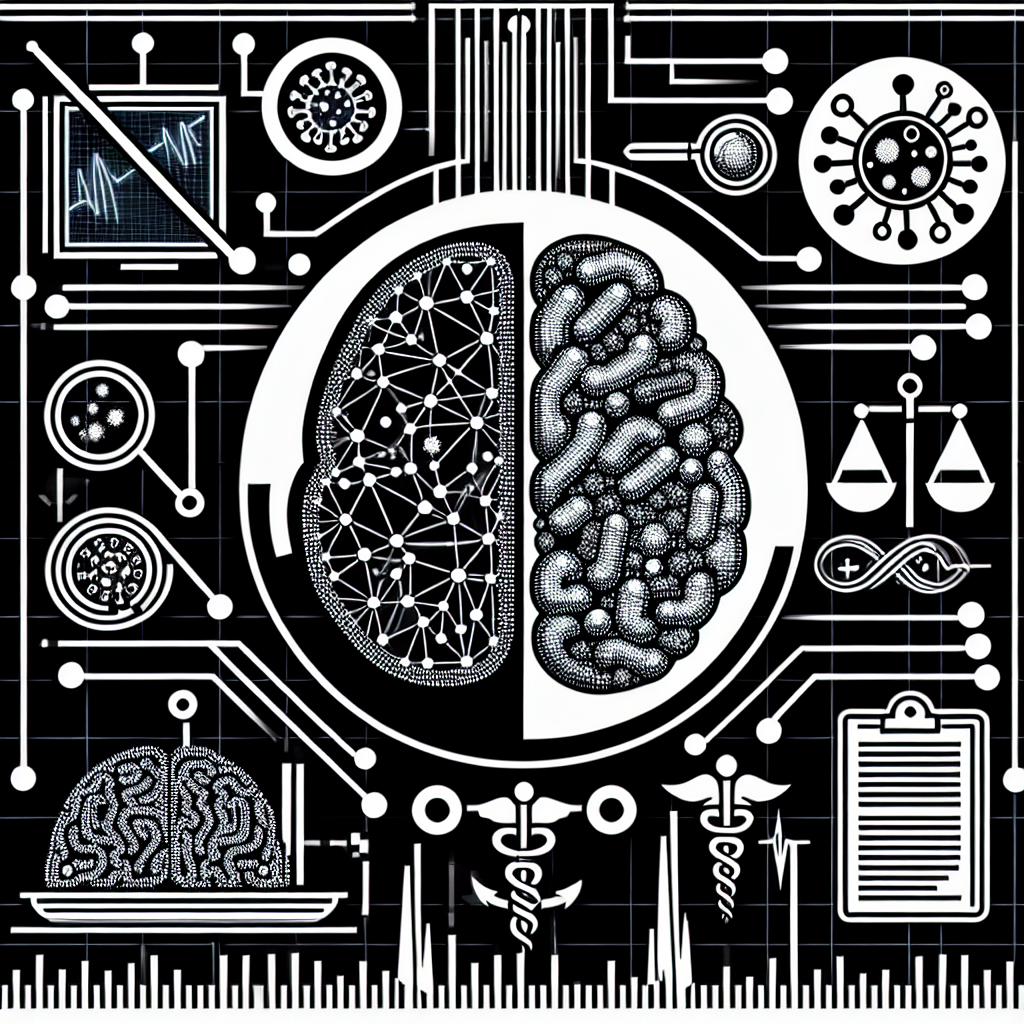The Use of AI in Public Health Surveillance
Public health surveillance is a critical component of disease prevention and control. It involves the continuous monitoring of health data to identify and respond to potential threats to public health. With the rapid advancement of technology, artificial intelligence (AI) has emerged as a powerful tool in enhancing public health surveillance efforts. AI has the potential to revolutionize the way we monitor and respond to public health threats, enabling us to detect outbreaks earlier, predict disease trends, and allocate resources more efficiently.
AI can be used in a variety of ways in public health surveillance, including:
1. Early Detection of Outbreaks: AI algorithms can analyze large amounts of data from sources such as social media, search engines, and healthcare records to detect early signs of disease outbreaks. By monitoring trends in symptoms and behaviors, AI can help public health officials identify and respond to outbreaks more quickly, potentially preventing the spread of disease.
2. Disease Prediction: AI can analyze historical data on disease patterns and risk factors to predict future outbreaks. By identifying populations at risk and potential hotspots for disease transmission, AI can help public health officials prioritize resources and interventions to prevent the spread of disease.
3. Resource Allocation: AI can assist in the allocation of resources during public health emergencies. By analyzing data on healthcare capacity, population density, and disease prevalence, AI can help public health officials determine where to deploy resources such as vaccines, medical supplies, and personnel to maximize impact and save lives.
4. Monitoring of Vaccine Coverage: AI can help monitor vaccine coverage rates and identify populations at risk of vaccine-preventable diseases. By analyzing data on vaccination rates, AI can help public health officials target interventions to increase vaccine uptake and protect vulnerable populations.
5. Syndromic Surveillance: AI can analyze data from various sources, such as emergency room visits, pharmacy sales, and internet searches, to detect patterns of illness that may indicate a public health emergency. By monitoring syndromic data in real-time, AI can help public health officials respond quickly to outbreaks and implement targeted interventions.
Overall, AI has the potential to revolutionize public health surveillance by providing real-time data analysis, predictive modeling, and resource allocation support. By harnessing the power of AI, public health officials can better protect communities from infectious diseases, improve health outcomes, and save lives.
FAQs:
Q: How is AI used in public health surveillance?
A: AI is used in public health surveillance to analyze large amounts of data from various sources, such as social media, healthcare records, and syndromic surveillance systems. AI algorithms can detect patterns, trends, and anomalies in the data to identify potential health threats, predict disease outbreaks, and allocate resources more efficiently.
Q: What are the benefits of using AI in public health surveillance?
A: The benefits of using AI in public health surveillance include early detection of outbreaks, disease prediction, resource allocation support, monitoring of vaccine coverage, and syndromic surveillance. AI can help public health officials respond more quickly to public health threats, target interventions more effectively, and improve health outcomes for populations at risk.
Q: Are there any limitations to using AI in public health surveillance?
A: While AI offers many benefits in public health surveillance, there are also limitations to consider. These may include challenges related to data privacy and security, algorithm bias, and the need for human oversight and interpretation of AI-generated results. It is important to address these limitations to ensure that AI is used responsibly and ethically in public health surveillance efforts.
Q: How can public health officials incorporate AI into their surveillance systems?
A: Public health officials can incorporate AI into their surveillance systems by partnering with technology companies, research institutions, and public health agencies to develop and implement AI tools and algorithms. By leveraging the expertise of AI experts and public health professionals, organizations can harness the power of AI to improve public health surveillance and protect communities from emerging health threats.
In conclusion, AI has the potential to revolutionize public health surveillance by providing real-time data analysis, predictive modeling, and resource allocation support. By harnessing the power of AI, public health officials can better protect communities from infectious diseases, improve health outcomes, and save lives. It is important to address the limitations of AI and ensure responsible and ethical use of AI in public health surveillance efforts to maximize its benefits and impact.

